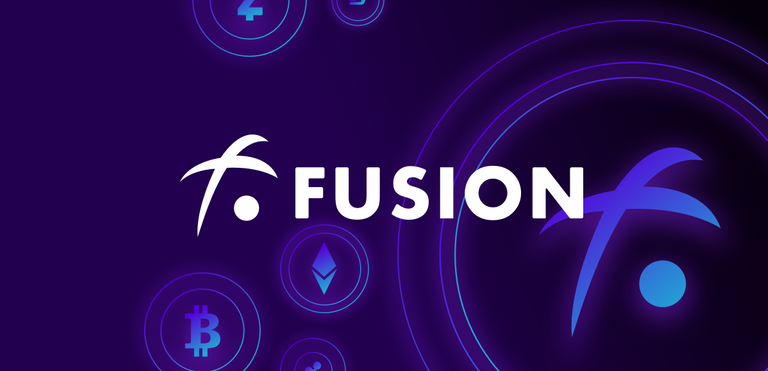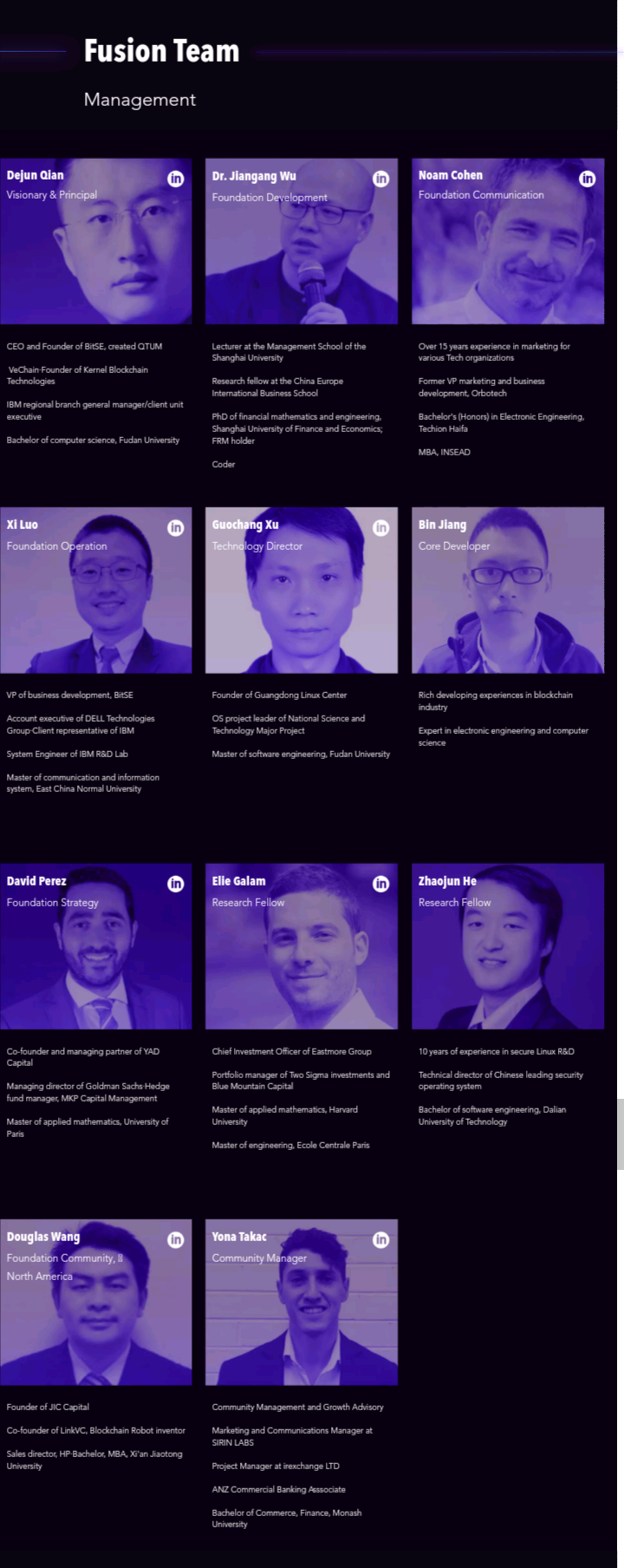
Introduction
Years ago the world changed with the invention of the internet.
Internet of Information, 1st generation, addressed so many limitations in the exchange of information from one person to another. Information became easily accessible and cheap.
Internet of things, 2nd generation, was able to enable fluent communication between human and machine(things). It achieved this by connecting programmable machines to the internet which made them controllable from any part of the world. For example, I could turn on the lights in my house and turn on the music player from my office using Google Home. Although a derivative of the internet of information, the limits of usability and scalability increases every day with the Artificial intelligence.
10years ago, the Blockchain was introduced, remarkable technology this was. It ushered us into a new era of the internet, Internet of Values, thought to be the 3rd generation of internet.
Internet of value is currently trying to expand itself through the tokenization of values and assets. But for the IoV to thrive, it needs to improve it's interoperability, scalability and usability ranges.
Since Usability is a long-term goal,can interoperability and scalability be achieved?
FUSION has a solution.

What is FUSION?
FUSION is a public Blockchain which aims to connect different blockchains in order to transfer value between them. It is an inclusive finance platform-level application which enables tokens to be mapped on it, uses smart contracts to allow easy transfer of value without compromising security or transaction speed.As stated in the White paper;
FUSION will create a public chain to use distributed nodes to control the private keys of various tokens and in this way, it will not only map various blockchain tokens to it, but will also achieve the function of cross-chain smart contracts.
FUSION will also provide interfaces to communicate off-chain organizations and datasources so that it will greatly improving interoperability and scalability of the current Internet of Values and making itself an inclusive cryptofinance platform that serves the Internet of Values
In summary, FUSION is a cross-data, cross-chain, cross-organization cryptofinance platform which aims to bring together various values and assets and make the Internet of Values more powerful.

FUSION and the Internet of Values
For the IoV to improve, there is need for a homogeneous financial system, one where all blockchains are not competing for dominance but connected for better exchange of assets and value. The FUSION platform achieves this by cryptoasset mapping. This enables one token to interact with other mapped assets freely on the FUSION blockchain.
Technologies behind the FUSION platform are :
- Distributed Control Rights Management (DRCM)
- Cryptofinancial Smart Contracts
- Hierachical Hybrid Consensus Mechanism

Distributed Control Rights Management
For the safety of tokens on the FUSION platform, Distributed Control Rights management* , a technology is implemented. **Distributed control rights management** is the process that hands over control of assets to decentralized node management. By the use of key sharding, which is the dividing of private keys into multiple fragments called shards and storing each of it in different nodes on a decentralized system. This way the FUSION Blockchain manages the control rights of the tokens, making it easier for value to be transferred across different blockchains and enable multi-token smart contracts across the different blockchains. This way, no single node would have access to the digital asset.
Cryptofinancial Smart Contracts
This is a smart contract that executes the transactions of multiple assets (multi-token) among multiple accounts (multi-role) while defining ownership and usufructs among multiple accounts. This is the description of relationship among multiple assets and defining multiple ownership in time and space.
Hierachical Hybrid Consensus Mechanism
Hierarchical Hybrid Consensus Mechanism (HHCM) used by FUSION is for stratifying the computational work of generating blocks and adopting a suitable consensus mechanism in different layers. HHCM introduced the concept of grouping to achieve private keys’ generation and management and parallel computing.

Cross chain financial platform benefits.
.png)
A Cross chain financial platform would enable an individual or organization execute a smart contract without having a smart contract powered token. For example, Charlie wants to pay for a meal at a restaurant which only accepts smart contract token like Etherium. He has an equivalent amount of litecoin. There are two ways he can carry out this transaction:
Method 1: Convert litecoin to Etherium on an exchange, execute smart contract using Etherium. He will incur some transaction costs while converting and when executing the payment.
Method 2: Execute Smart contract using litecoin on a cross-chain platform like FUSION. This will save him the transaction cost incurred when converting, thus ensuring a faster transaction speed.

Use cases
For use cases , you can check the Fusion Videos page. It explains three uses cases of the FUSION platform.
Use case 1: Risk-Free loan
Use case 2: Risk-Free contract markets
Use case 3: Mortgage smart contracts

Conclusion
There is so much future for the Internet of Values, endless possibilities.
FUSION has already began a wonderful project in ensuring a better future for Cryptofinance

Fusion Team
This project is headed by Dejun Qian, CEO and Founder of BitSE and VeChain. The team is filled with experience on cryptofinance and are capable of carry this project to a successful completion. For more information on the team, click here


Here is a video of Dejun Qian explaining the Fusion project:
hereThis article was written in response to an @originalworks contest, you can view the article by clicking
More information and resources:
For more details on the project:



Sponsored Writing Contest!
This post has been submitted for the @OriginalWorks You can also follow @contestbot to be notified of future contests!